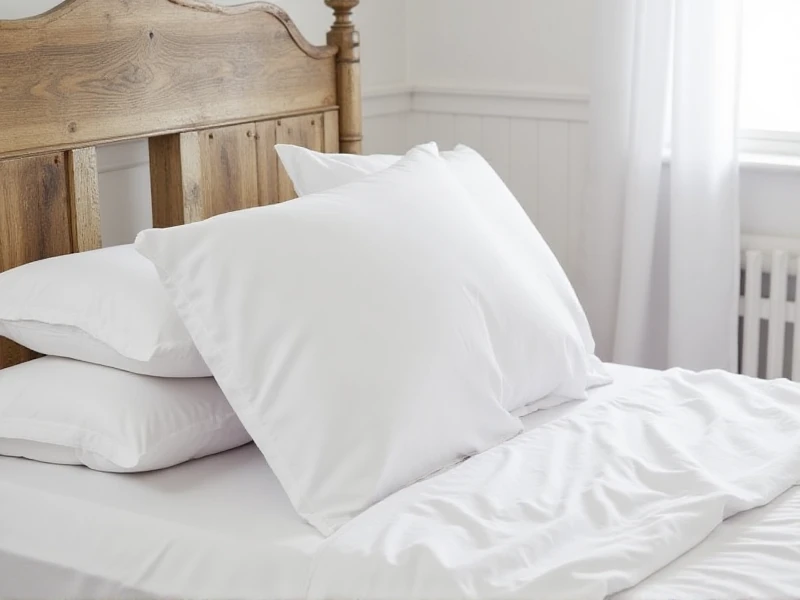The Enduring Power of Textiles: Innovation Meets Tradition in Our Woven World
2025-06-10

Textiles surround us every moment – from clothing and furniture to medical equipment and spacecraft components. As a cornerstone of human civilization, these versatile materials continue to evolve while maintaining their timeless significance. Understanding modern textiles reveals fascinating intersections of heritage craftsmanship, technological breakthroughs, and sustainability efforts reshaping the industry.
The Fabric of Human History
Textiles carry cultural DNA across millennia. Early civilizations domesticated cotton, flax, and silk, mastering spinning and loom techniques that enabled intricate tapestries and garments. The Industrial Revolution mechanized production, while the 20th century introduced revolutionary synthetics like nylon and polyester. Today, archaeological textile fragments offer invaluable insights into ancient societies, proving cloth outlasts stone in cultural storytelling.
Fiber Frontiers: Nature and Science Unite
Contemporary textiles balance natural and engineered materials:
- Natural Fibers: Cotton, wool, silk, and linen remain prized for breathability and biodegradability. Organic cotton cultivation has surged 50% since 2018 in response to eco-conscious demand.
- Synthetics: Polyester dominates global production due to durability and cost efficiency. New plant-based alternatives (e.g., Tencel™) mimic silk’s drape while using sustainable wood pulp.
- Hybrid Innovations: Phase-change fabrics regulate body temperature, while conductive textiles enable wearable electronics. Self-cleaning coatings derived from nanotechnology mark the next performance frontier.
Sustainability: Weaving a Greener Future
The textile industry confronts significant environmental challenges. Cotton farming consumes 24% of global insecticides, while microplastic shedding from synthetics pollutes waterways. Game-changing solutions are emerging:
- Circular production models recycle garments into new yarns
- Waterless dyeing processes cut consumption by 95%
- Regenerative agriculture rebuilds soil health in fiber farms
- Blockchain tracks ethical supply chains from farm to fashion
Textile Transformation in Key Sectors
Textiles are engineering lifesaving advances:
- Healthcare: Antimicrobial wound dressings accelerate healing, while piezoelectric fabrics monitor vital signs.
- Construction: Carbon-fiber textiles reinforce earthquake-resistant buildings.
- Transportation: Ultra-lightweight composites increase aircraft fuel efficiency by 20%.
- Defense: Flame-retardant uniforms protect firefighters, while camouflage adapts to environments.
Preserving Craft in the Machine Age
Despite automation, handloom traditions thrive through cultural preservation programs. UNESCO recognizes 15 textile-related traditions as Intangible Cultural Heritage, from Indonesian batik to Belgian flax weaving. Luxury brands increasingly collaborate with artisans, merging heritage skills with contemporary design to create unique pieces sustaining local economies.
As threads connect across time and technology, textiles prove to be dynamic rather than static – adapting to serve new purposes while honoring human ingenuity. From biodegradable "leather" grown from mushroom roots to solar-reactive fabrics harvesting energy, tomorrow's textiles promise radical redefinitions of form and function. What remains constant is their intimate connection to human expression, protection, and progress – weaving our shared future stitch by stitch.
Category: